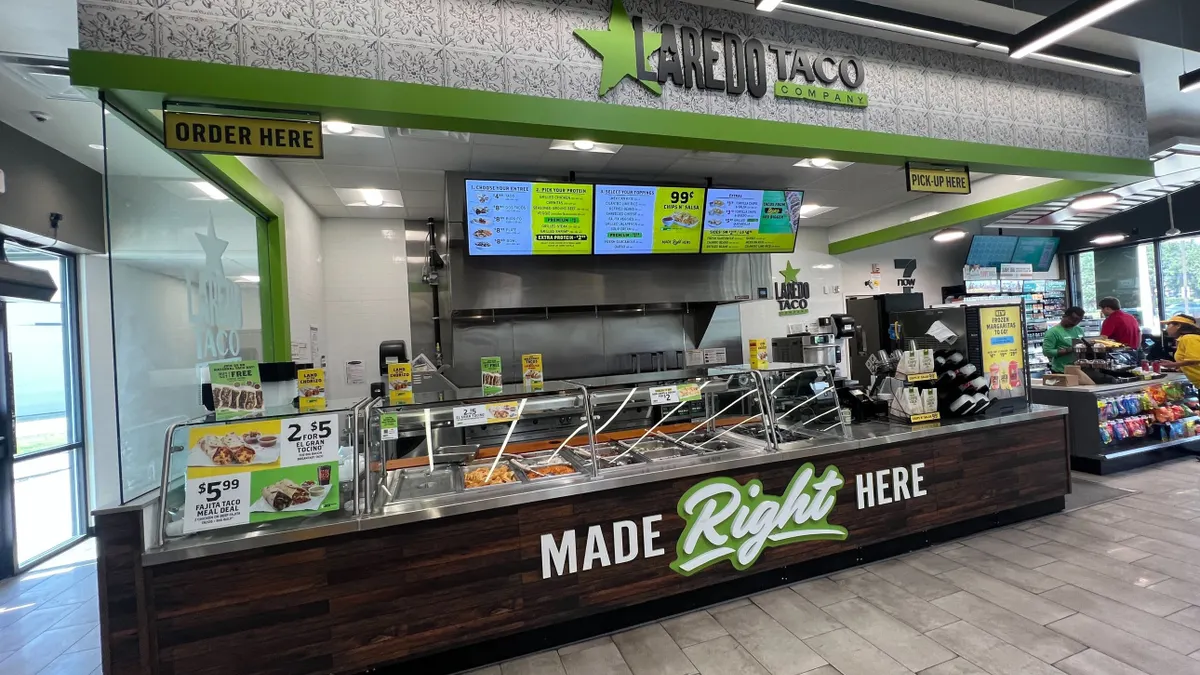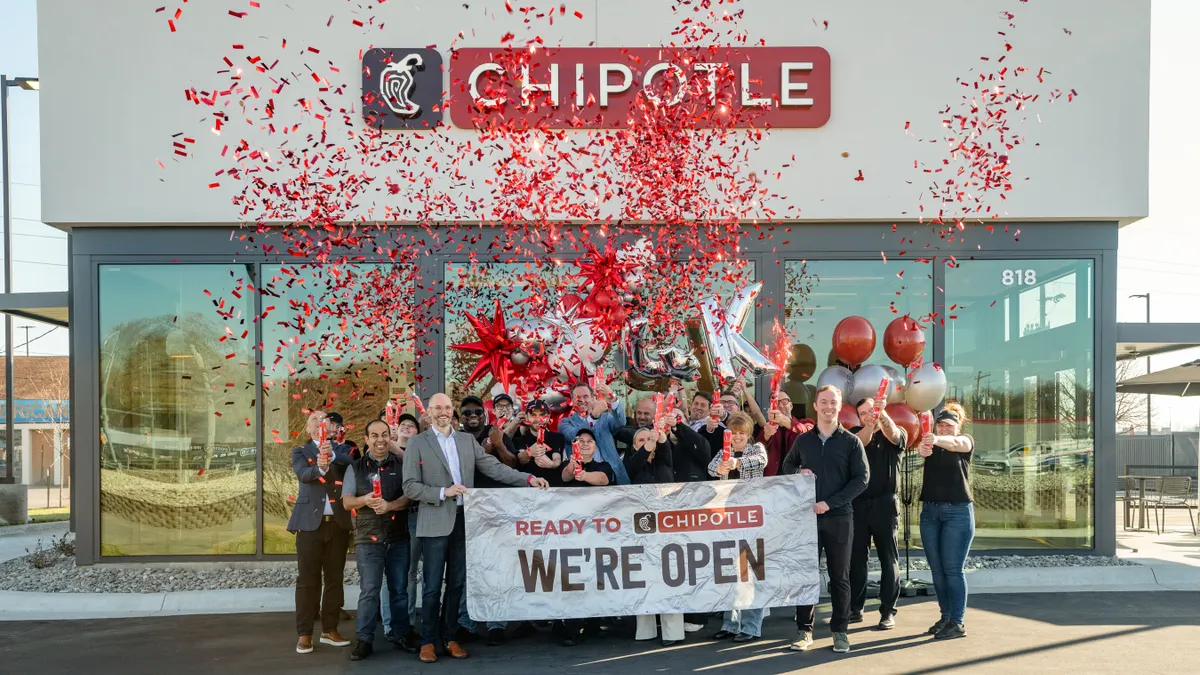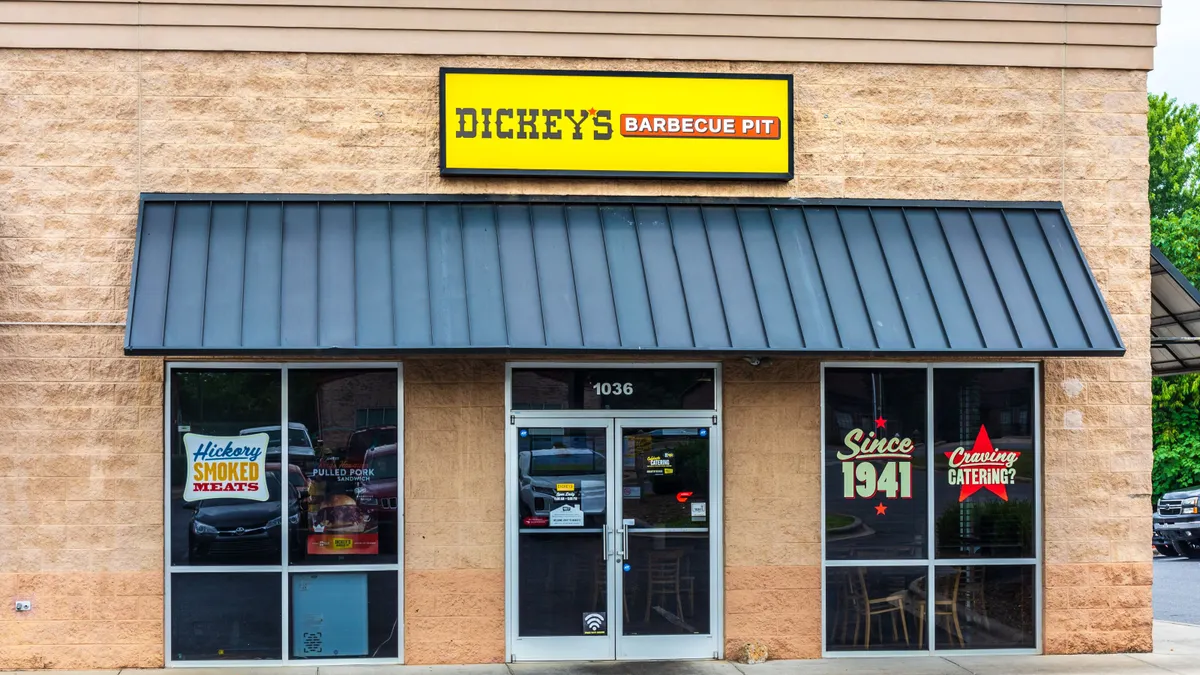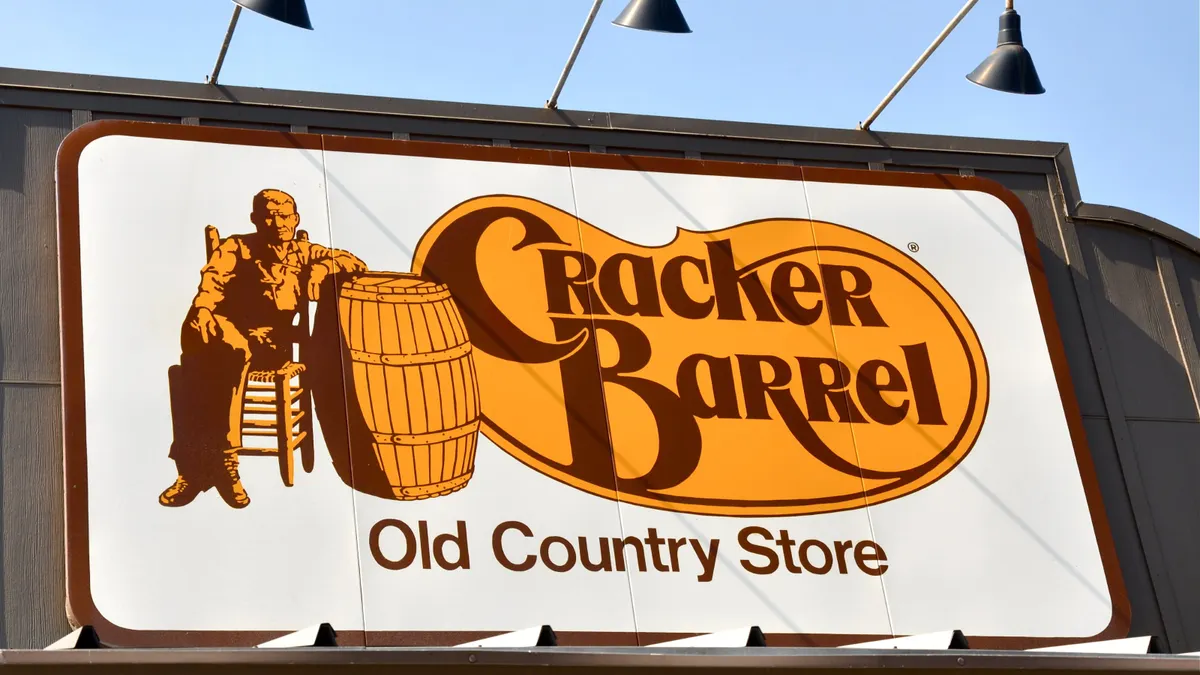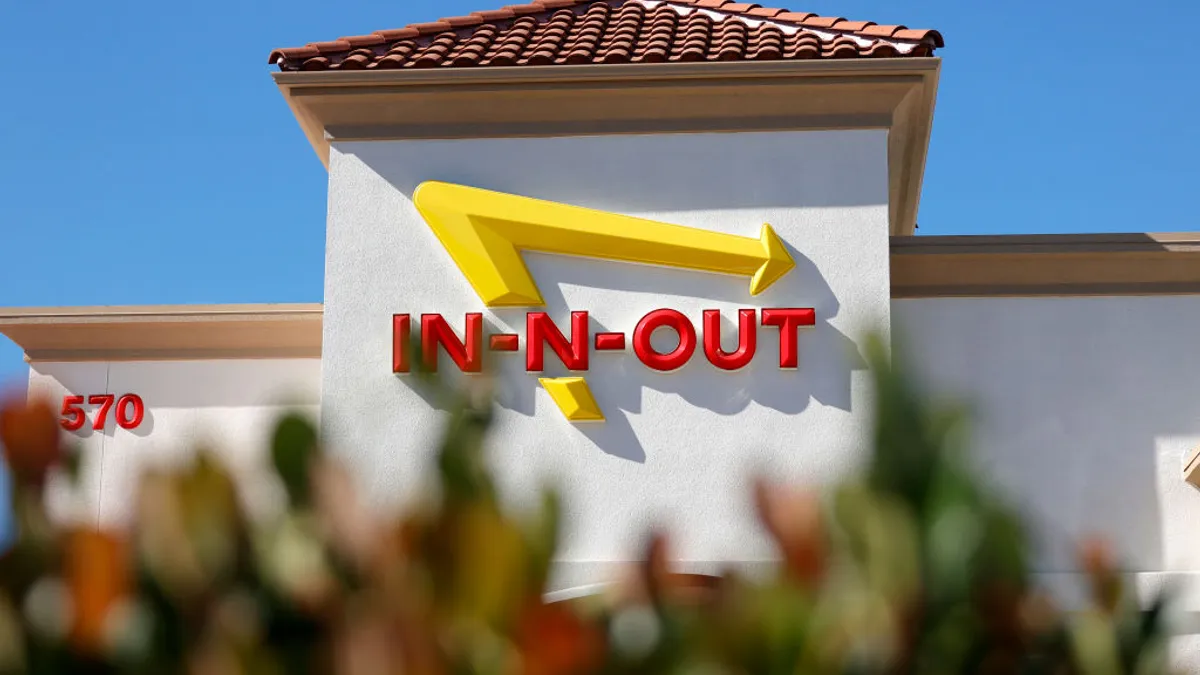By 2020, after 17 years of working for Domino’s, Michelle Hook had risen to vice president of finance, global FP&A and investor relations. It was a happy story, as she’d long been in love with the company. But she wanted to be a CFO, and at Domino’s, that post was still blocked to her.
Opportunity came knocking at Portillo’s, a publicly held, largely Midwestern casual food restaurant chain well-known for its Italian beef sandwiches and Chicago-style hot dogs. Hook was familiar with the food, having grown up in Michigan, but her enthusiasm grew as she learned more about the company and the brand. She insists, though, that she would not have made the move absent a couple of considerations.
“When I was interviewing, I told Michael Osanloo, our CEO, and Berkshire Partners, our private equity firm, that I have to be passionate about the brand, and I have to fit the culture. If those two don't exist, I'm not going to join the brand,” Hook says.
When those criteria met with Hook’s satisfaction, she took her first CFO job with Portillo’s in December 2020. The company went public the following year, which wasn’t a complete coincidence, considering that Domino’s had been publicly held since 2004, a year after Hook signed on there.
While Portillo’s is 61 years old and currently has 85 restaurants, all corporate-owned, it’s still in its “infancy stage of growth” because of its PE ownership, according to Hook. The current expansion strategy is focused on opening more restaurants but with smaller footprints.
In a sit-down with CFO, Hook talked about her job switch, what creates passion for the work, how Portillo’s is viewing growth, and more.
Michelle Hook

CFO, Portillo’s
First CFO position: 2020
Notable previous companies:
- Domino’s
- Holcim
- Arthur Andersen
This interview has been edited for brevity and clarity.
DAVID MCCANN: Was it difficult to leave Domino’s?
MICHELLE HOOK: I started there in 2003 before they went public. You wake up 17 years later and realize that you're a part of such a special brand. I saw it morph into a technology company during that time. It was just fun.
There were highs and lows. There was the IPO, and then the Great Recession. And then to relaunch the brand in 2010 with the pizza turnaround and see that take off — it was incredible to be part of moving the brand forward.
I always knew I wanted to take everything that I learned at Domino’s and grow with a smaller organization. Portillo’s knew at the time that they wanted to go public at some point, and they wanted a CFO that knew all about public company processes, and how to scale processes within an organization.
To what extent was your move based on the opportunity to sit in the CFO seat?
HOOK: It was something I really wanted to do. I wanted to have an impact on change within an organization.
Conversations were had [at Domino’s] where I was told I was still on the CFO track. So, I had this opportunity with Portillo’s right now, or I could take the wait-and-see approach.
It was a good time for me, I was ready for it in my career. I had accomplished everything needed to at Domino's. Do I think that opportunity [to be the CFO] would have come eventually? Yes, I do. But when I learned more about Portillo’s and how they lead with culture and values, it reminded me of why I loved Domino’s.
"Conversations were had [at Domino’s] where I was told I was still on the CFO track. So, I had this opportunity with Portillo’s right now, or I could take the wait-and-see approach."

Michelle Hook
CFO, Portillo’s
It was a little bit of a leap of faith in terms of whether the culture would be everything I thought it was. But it actually was everything I thought it would be.
So, you went from one food company to another. Is there something about the industry that lends itself to staying in it as a finance person? Or was your familiarity with the industry part of the attraction?
HOOK: The industry is a passion for me. I grew up working in retail and restaurants, and Domino’s was one of my audit clients when I was at Arthur Andersen. I got a more in-depth view of food-service restaurants.
But regardless of the industry or brand, do you have passion and fire for it? Or are you just going through the motions and punching a clock, so to speak?
What are the elements that create that passion at Portillo’s?
HOOK: It's fun. It’s high energy. It's constantly evolving and changing. It's highly competitive.
People can have a good career path in restaurants. Say someone doesn’t want to go to college. I think they can have a fantastic career in the industry. I've seen people start out as hourly team members and [grow to] having the keys to a multi-million-dollar restaurant.
What are the criteria involved in deciding when and where to open locations and at what pace to do it?
HOOK: We take a very data-driven approach in looking at new markets. Before we even build our first restaurant, we're using data to inform where we should build. Where are people gathering? We like to not be the only draw to an area. We want to have good co-tenancy, good visibility, good access. Then our real estate development team works with local brokers to find sites.
Generally speaking, once we decide to build in [a market], it's 18 months until we actually open a restaurant. So, the planning cycle is fairly lengthy.
For us, the real gating factor to growth is people to run the restaurants. We generally will not open a restaurant without an experienced Portillo's general manager — someone who has sat in that chair for at least a year. Over the last couple of years, we've worked hard to develop a good pipeline of talent. At our investor day last September, we increased our new restaurant growth targets. because we have the people to support that.
"We take a very data-driven approach in looking at new markets. Before we even build our first restaurant, we’re using data to inform where we should build."

Michelle Hook
CFO, Portillo’s
Also, we don't just flag-plant. We could build a restaurant in New York and one in the Carolinas. But we want to pick markets where we can get to scale as quickly as possible. There are two benefits. One, you get cost advantages. Two, you begin to drive awareness of your brand.
How can you as a CFO move the needle strategically for the company?
HOOK: One of our four strategic pillars is building restaurants with industry-leading returns, and our CEO asked me to lead our Restaurant of the Future project. I’ve been on a journey the last year and a half to look at how we could build a restaurant with a smaller footprint, not just to reduce the build costs but also to provide labor and operating efficiencies, while not foregoing our industry-leading average unit volumes. That [entailed] working with a third party to do time and motion studies.
So we're actually building the first one in the fourth quarter.
Why are smaller restaurants more efficient?
HOOK: Our existing restaurants have a linear kitchen line that makes back-house labor less efficient. We’re creating a kitchen line that conveys less product within the kitchen. The team members like it because they don’t have to walk way down that line to convey product.
What do you think are the biggest challenges ahead for the fast-casual space?
HOOK: Right now, the consumer is looking for value. So you see several brands out there offering value menus and shouting “value” at the consumer. The challenge is getting traffic into your restaurants.
At Portillo’s, we don't discount or go on sale. Our challenge is how to get traffic without that. And so, one focus is on throughput in our drive-thru. If we could get more people there, it would create more transactions.
And it’s just about focusing on consistently running world-class operations and giving guests a good experience, whether that’s the price point, the quality of the food, the service, the cleanliness of the restaurant. If all those things come together, you're more likely than not to come back.








